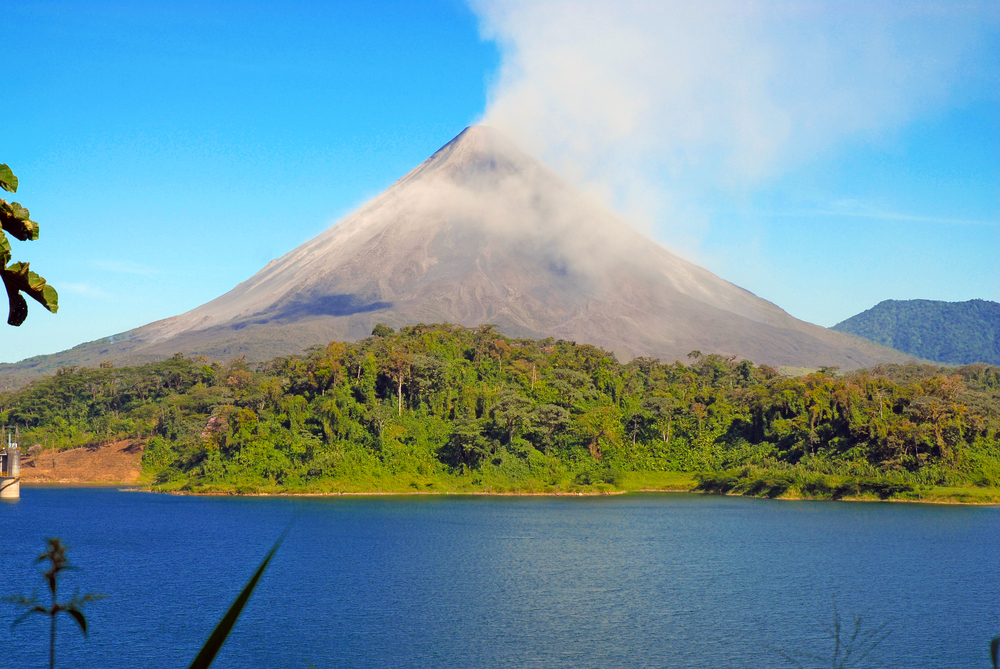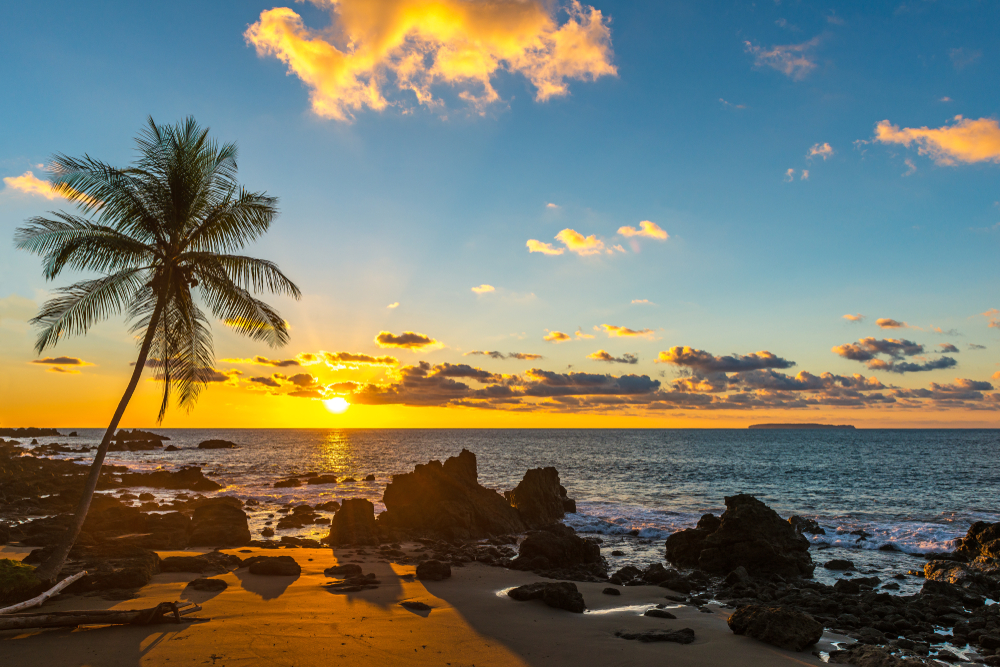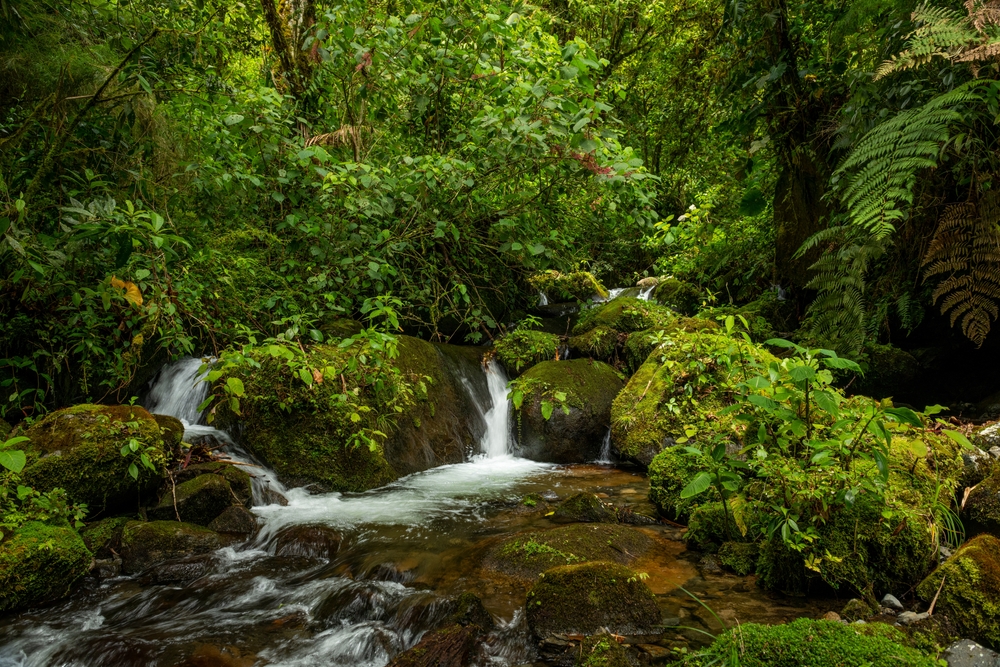Barra Honda Overview
Barra Honda National Park, known locally as Parque Nacional Barra Honda, is a unique protected area in Costa Rica’s Guanacaste Province.
Covering approximately 8.8 square miles (22.7 square kilometers), the park is renowned for its extensive limestone caverns and intricate underground cave systems, which distinguish it from other national parks in the country. Situated near the Nicoya Peninsula, Barra Honda is primarily a dry tropical forest, an ecosystem that contrasts sharply with the more commonly visited rainforests of Costa Rica.
The park is set on a limestone plateau, with rugged hills and valleys shaped by water erosion over thousands of years, creating an extraordinary subterranean world beneath the surface. The most famous of these caves is Terciopelo Cave, known for its stunning rock formations, stalactites, and stalagmites, offering a glimpse into the region’s geological history.
Above ground, the terrain features a mix of dry forest and karst landscapes, with pockets of dense vegetation interspersed with open savannas. Many trees in this ecosystem, such as the guanacaste, pochote, and spiny cedar, have adapted to the prolonged dry season by shedding leaves to conserve water.
During the wet season, the park transforms as the vegetation becomes lush and green, creating a stark contrast to the drier months. The diverse plant life supports a wide variety of animal species, making it an excellent location for wildlife observation.
Visitors to Barra Honda National Park may encounter an array of wildlife, including howler monkeys, white-faced capuchins, and agoutis. The dry forest is also home to deer, anteaters, coatis, and peccaries, as well as a variety of reptiles such as iguanas and snakes. The birdlife in the park is particularly diverse, with species like the turquoise-browed motmot, long-tailed manakin, and white-throated magpie-jay frequently spotted. Due to the park’s unique geography and relatively low human traffic, it remains an important refuge for both resident and migratory bird species.
One of the primary attractions of Barra Honda is its extensive cave system, with over 40 caves mapped, though only a few are accessible to visitors. Guided tours offer an opportunity to descend into some of these caverns, where visitors can marvel at the intricate limestone formations.
The experience is thrilling, as entry requires rappelling into the caves, making it a favorite for adventure seekers. Above ground, the park offers a variety of hiking trails that lead to scenic viewpoints, where visitors can take in panoramic views of the Tempisque River and the Nicoya Peninsula. The trails also provide a great opportunity for birdwatching and wildlife observation.
Barra Honda National Park is an important site for conservation, as it protects one of Costa Rica’s last remaining dry tropical forests, a highly endangered ecosystem. The park faces challenges such as illegal logging, poaching, and human encroachment, but ongoing conservation efforts aim to mitigate these threats.
Local and international organizations work together to promote sustainable tourism and protect the fragile cave systems from excessive human impact. The park’s management focuses on education and preservation, ensuring that its unique geological and ecological features remain intact for future generations.















































































